How To Use Compost To Grow The Best Hydrangeas Ever
Hydrangeas are beautiful, versatile shrubs that can add a touch of elegance to any garden. But did you know that using compost can help you grow the best hydrangeas ever?
Compost is a natural fertilizer that is made from decomposing organic materials, such as leaves, grass clippings, and food scraps. It is rich in nutrients that hydrangeas need to thrive, such as nitrogen, phosphorus, potassium, and calcium. Compost also helps to improve the drainage and aeration of soil, which can help hydrangeas to grow strong and healthy roots.
In addition to providing essential nutrients, compost can also help to change the pH of soil. Hydrangeas prefer slightly acidic soil, with a pH of between 5.5 and 6.5. If your soil is too alkaline, adding compost can help to lower the pH and produce bluer flowers.
To use compost to grow hydrangeas, you can either add it to the soil when you plant them or apply it as a mulch around the base of the plants. If you are adding compost to the soil, mix it in well to a depth of at least 6 inches. If you are applying it as mulch, spread it around the base of the plants to a depth of 2-3 inches.
You can apply compost to hydrangeas in the spring, summer, or fall. However, it is best to avoid applying compost in the winter, as this can encourage new growth that may not be able to survive the cold weather.
With a little care and attention, you can use compost to grow the best hydrangeas ever. Here are some additional tips for growing hydrangeas with compost:
- Water your hydrangeas regularly, especially during hot, dry weather.
- Fertilize your hydrangeas with a balanced fertilizer in the spring and summer.
- Deadhead your hydrangeas regularly to encourage new growth and flowering.
- Protect your hydrangeas from winter cold by covering them with a burlap sack or other protective material.
With a little effort, you can enjoy beautiful hydrangeas for many years to come.
Hydrangeas are beautiful flowers that can add a touch of elegance to any garden. But in order to thrive, they need the right soil and nutrients. Compost is a great way to improve the soil quality for hydrangeas, and it can also help to encourage blooms.
There are two types of compost that are ideal for hydrangeas:
- Multipurpose compost: This type of compost is a good all-purpose choice for most plants, including hydrangeas. It contains a balanced mix of nutrients that will help your hydrangeas grow strong and healthy.
- Ericaceous compost: This type of compost is specifically designed for acid-loving plants, such as hydrangeas. It contains a higher level of acidity than multipurpose compost, which helps to create the ideal conditions for blue hydrangeas to bloom.
If you're not sure which type of compost to use for your hydrangeas, you can always contact your local nursery or garden center for advice.
FAQ of compost for hydrangeas
- What type of compost is best for hydrangeas?
Hydrangeas prefer acidic soil, so ericaceous compost is the best option. This type of compost is made from materials such as pine needles, bark, and leaves, which are all naturally acidic. If you can't find ericaceous compost, you can make your own by adding acidic materials to your regular compost pile.
- Will using compost change the color of my hydrangea flowers?
Yes, the type of compost you use can affect the color of your hydrangea flowers. If you want blue hydrangeas, you'll need to use ericaceous compost. This is because the acidity of the compost helps to leach aluminum ions out of the soil, which is what causes the flowers to turn blue. If you use regular compost, your hydrangeas will likely be pink or purple.
- How often should I fertilize my hydrangeas with compost?
You can fertilize your hydrangeas with compost every spring and fall. Simply spread a 2-3 inch layer of compost around the base of the plant and water it in well. This will help to keep your hydrangeas healthy and flowering well.
- Can I use compost to improve the drainage of my hydrangeas' soil?
Yes, compost can help to improve the drainage of your hydrangeas' soil. This is because compost is made from organic materials that break down over time, creating air pockets in the soil. These air pockets help to improve drainage and prevent the roots of your hydrangeas from becoming waterlogged.
- What are some other benefits of using compost for hydrangeas?
In addition to helping to improve the color and drainage of your hydrangeas' flowers, compost can also provide a number of other benefits, including:
- Increased nutrient availability: Compost is a rich source of nutrients, which can help to promote healthy growth and flowering in hydrangeas.
- Improved soil structure: Compost helps to improve the structure of the soil, making it easier for water and air to penetrate. This can help to prevent root rot and other problems.
- Reduced pest and disease problems: Compost can help to suppress the growth of pests and diseases, which can help to keep your hydrangeas healthy.
Image of compost for hydrangeas
- Homemade compost. This is a great option if you have access to yard waste, such as leaves, grass clippings, and vegetable scraps. You can create your own compost pile or bin, or you can buy a pre-made compost.
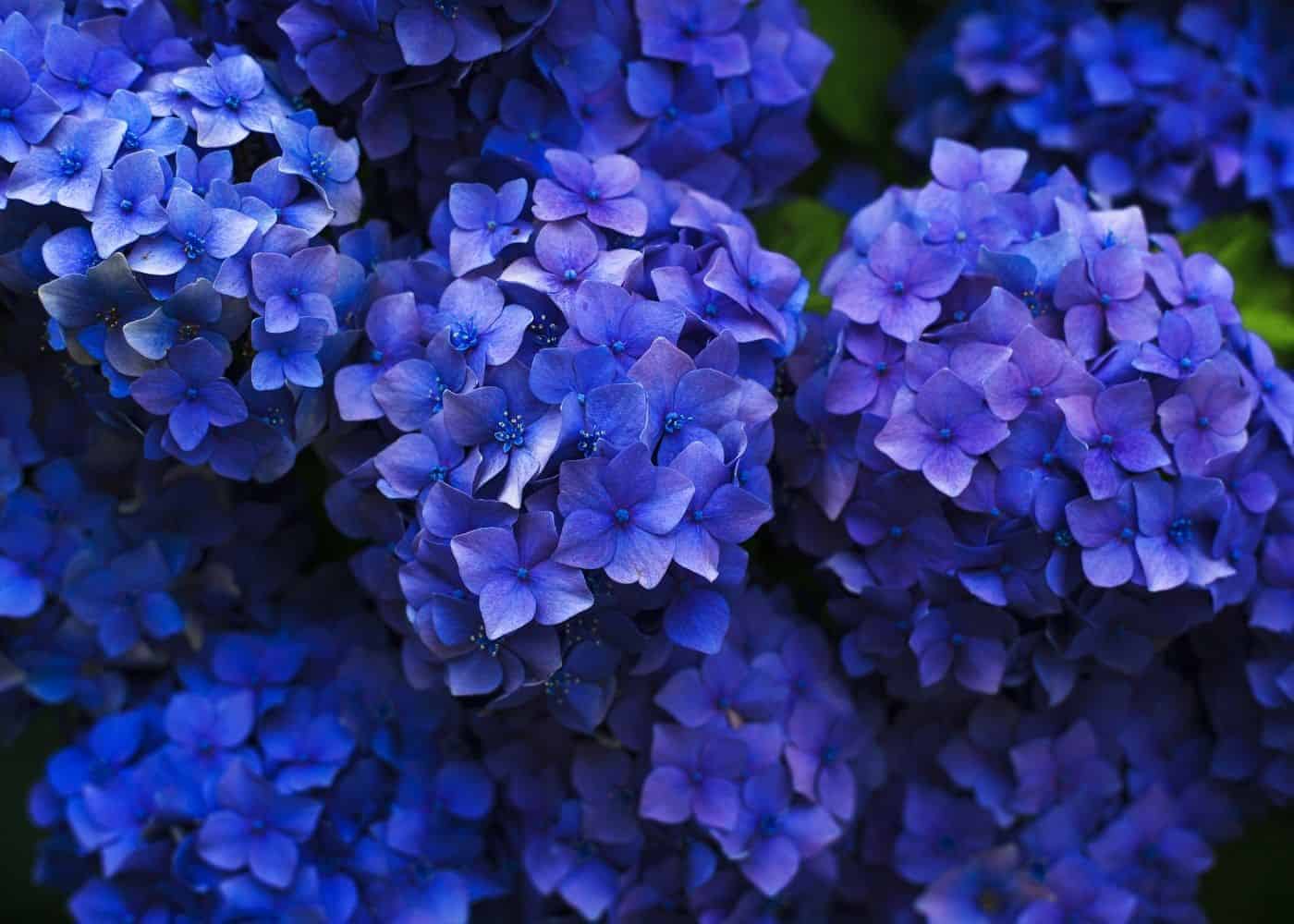
- Store-bought compost. There are many different brands of store-bought compost available. Look for compost that is labeled as "organic" or "natural."

- Ericaceous compost. This type of compost is specifically formulated for acid-loving plants, such as hydrangeas. It contains a higher level of peat moss and other organic matter that helps to acidify the soil.
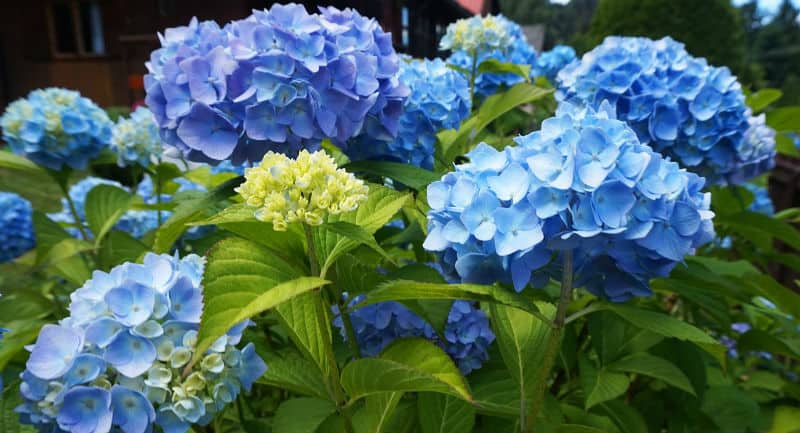
- Leaf mold. This is a type of compost made from decaying leaves. It is high in organic matter and nitrogen, which are essential nutrients for hydrangeas.
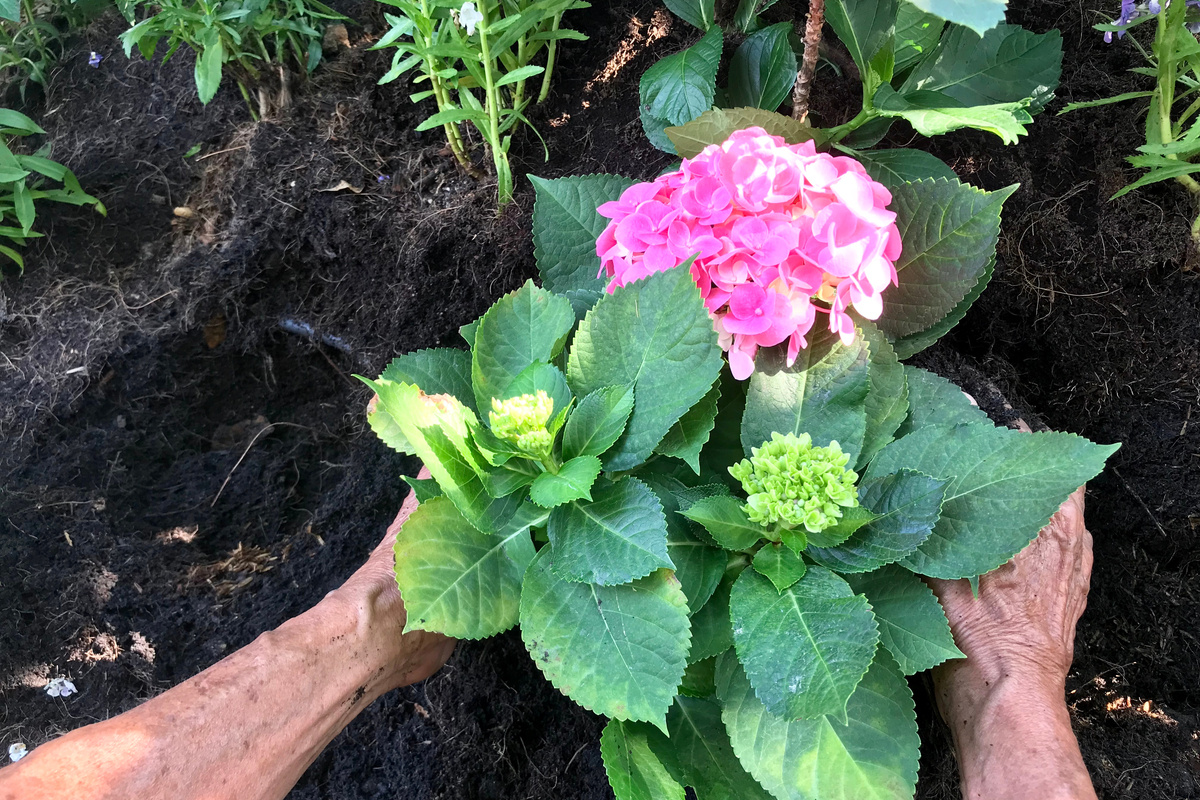
- Wood chips. Wood chips are a good source of carbon, which helps to balance the nitrogen in compost. They also help to improve soil drainage and aeration.
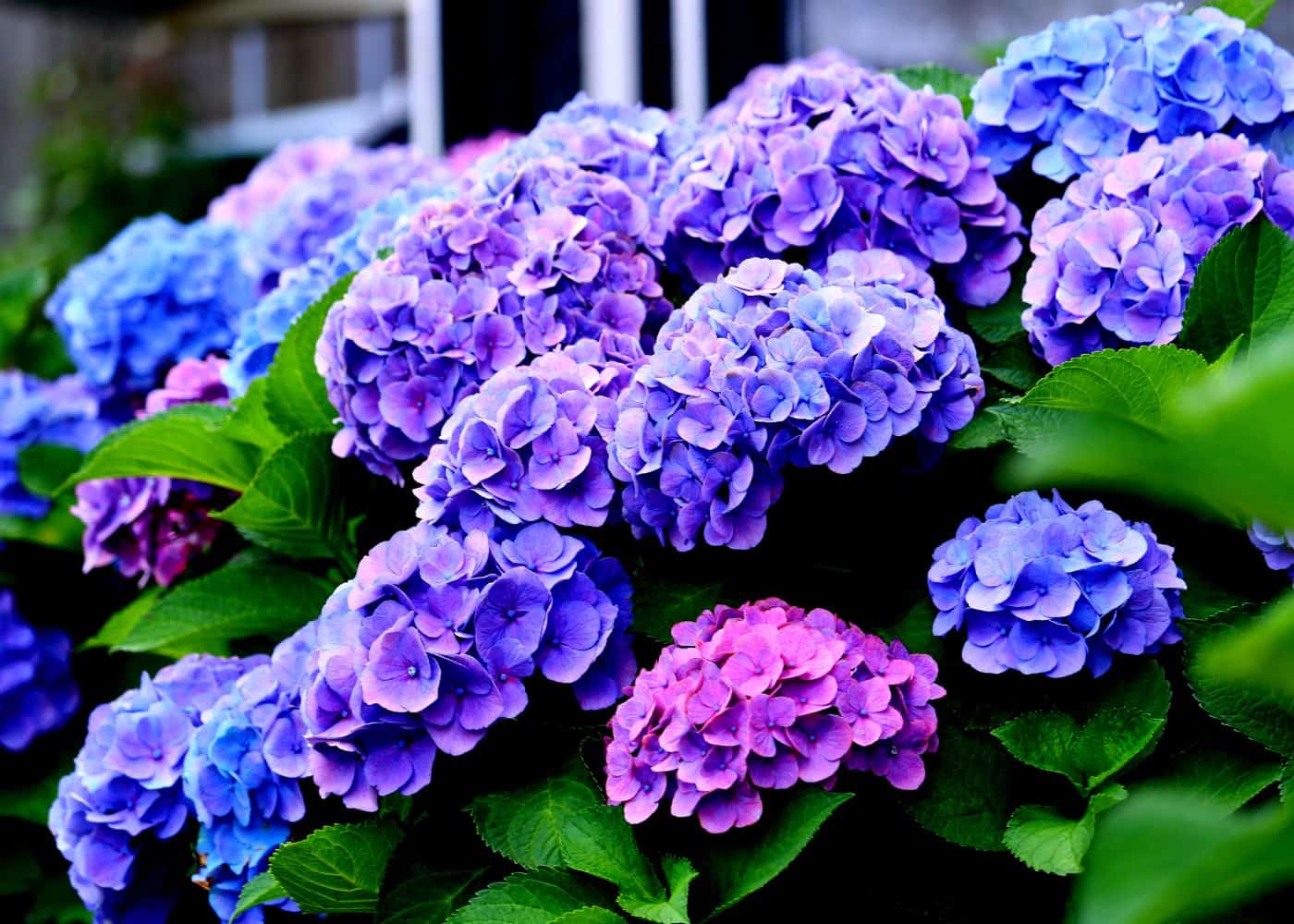
- Manure. Manure is a high-nitrogen fertilizer that is beneficial for hydrangeas. However, it is important to use manure that has been composted for at least 6 months, as fresh manure can burn plant roots.

- Fish emulsion. Fish emulsion is a liquid fertilizer that is made from fish waste. It is a good source of nitrogen and other essential nutrients for hydrangeas.
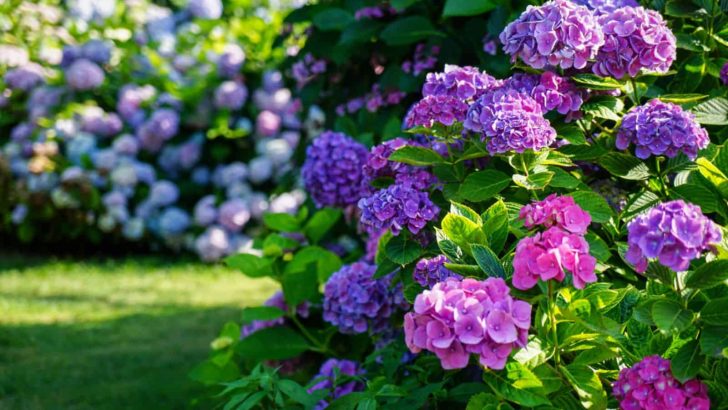
- Kelp meal. Kelp meal is a type of seaweed fertilizer that is high in potassium, magnesium, and other trace minerals. It is beneficial for hydrangeas, especially those that are grown in alkaline soils.

- Bone meal. Bone meal is a high-phosphorus fertilizer that is beneficial for hydrangeas. It is important to use bone meal sparingly, as too much phosphorus can lead to iron deficiency in hydrangeas.
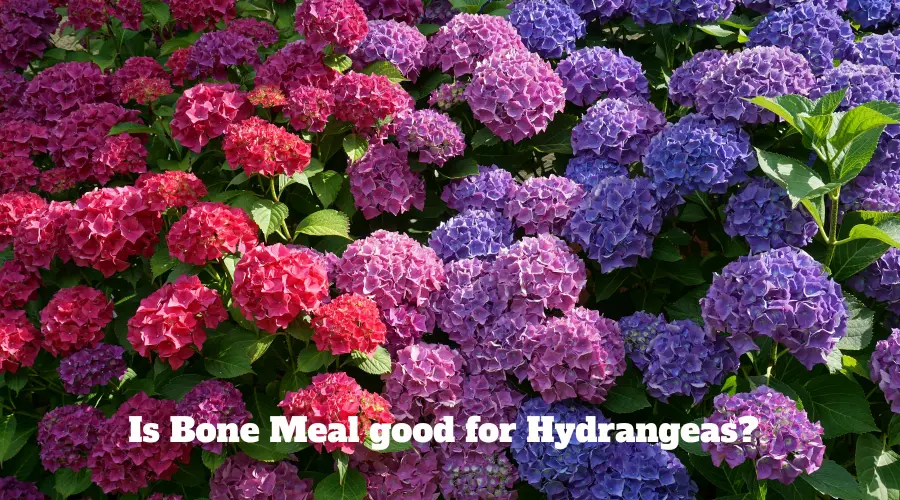
- Blood meal. Blood meal is a high-nitrogen fertilizer that is beneficial for hydrangeas. It is important to use blood meal sparingly, as too much nitrogen can lead to leaf burn in hydrangeas.

Post a Comment for "How To Use Compost To Grow The Best Hydrangeas Ever"